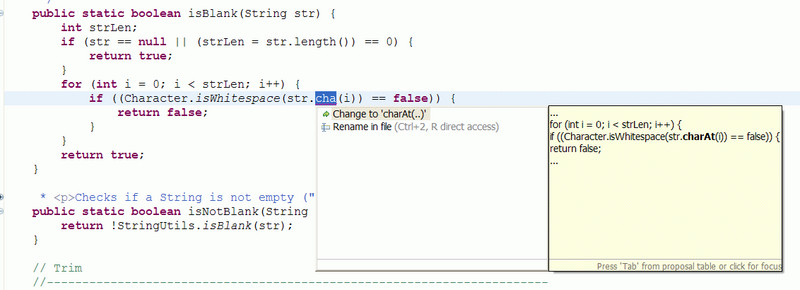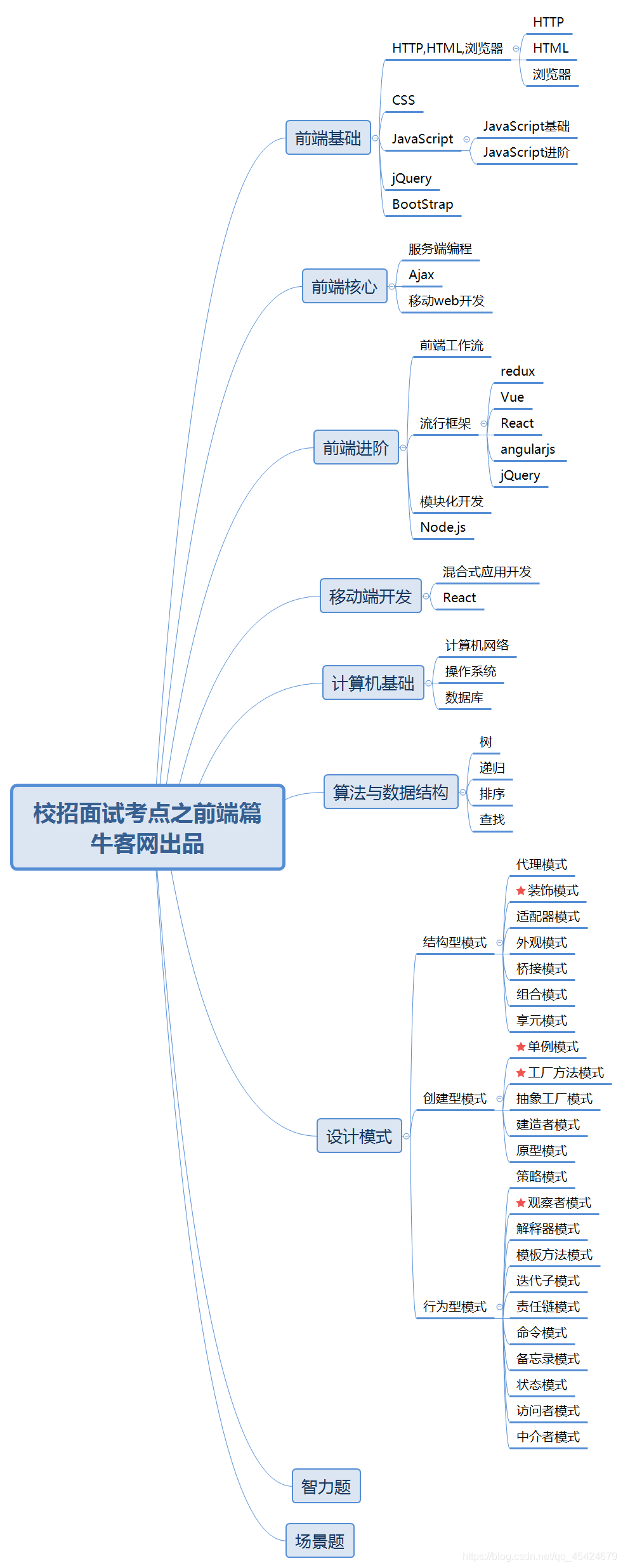`` <ul>
<li>1</li>
<li>2</li>
</ul>
{
tag: 'ul',
children: [
{ tag: 'li', children: [ { vnode: { text: '1' }}] },
{ tag: 'li', children: [ { vnode: { text: '2' }}] },
]
}
假设更新以后,我们把子节点的顺序调换了一下
{
tag: 'ul',
children: [
+ { tag: 'li', children: [ { vnode: { text: '2' }}] },
+ { tag: 'li', children: [ { vnode: { text: '1' }}] },
]
}
这里的 children 部分是我们本文 diff 算法要讲的重点(敲黑板)。
响应式数据更新后,触发了 渲染 Watcher 的回调函数 vm._update(vm._render())去驱动视图更新
_render() 其实生成的就是 vnode,而 vm._update 就会带着新的 vnode 去走触发 __patch__ 过程
直接进入 ul 这个 vnode 的 patch 过程。
为什么不要以index作为key?
<div id="app">
<ul>
<item
:key="index"
v-for="(num, index) in nums"
:num="num"
:class="`item${num}`"
></item>
</ul>
<button @click="change">改变</button>
</div>
<script src="./vue.js"></script>
<script>
var vm = new Vue({
name: "parent",
el: "#app",
data: {
nums: [1, 2, 3]
},
methods: {
change() {
this.nums.reverse();
}
},
components: {
item: {
props: ["num"],
template: `
<div>
{{num}}
</div>
`,
name: "child"
}
}
});
</script>
简单的列表组件,渲染出来 1 2 3 三个数字。我们先以 index 作为key,来跟踪一下它的更新。
item 列表节点的更新,在首次渲染的时候,我们的虚拟节点列表 oldChildren 粗略表示是这样的
[
{
tag: "item",
key: 0,
props: {
num: 1
}
},
{
tag: "item",
key: 1,
props: {
num: 2
}
},
{
tag: "item",
key: 2,
props: {
num: 3
}
}
];
在我们点击按钮的时候,会对数组做 reverse 的操作。那么我们此时生成的 newChildren 列表是这样的:
[
{
tag: "item",
key: 0,
props: {
+ num: 3
}
},
{
tag: "item",
key: 1,
props: {
+ num: 2
}
},
{
tag: "item",
key: 2,
props: {
+ num: 1
}
}
];
**为什么不要用随机数作为key**
<item
:key="Math.random()"
v-for="(num, index) in nums"
:num="num"
:class="`item${num}`"
/>
**首先 oldVnode 是这样的**
[
{
tag: "item",
key: 0.6330715699108844,
props: {
num: 1
}
},
{
tag: "item",
key: 0.25104533240710514,
props: {
num: 2
}
},
{
tag: "item",
key: 0.4114769152411637,
props: {
num: 3
}
}
];
更新·之后·
[
{
tag: "item",
+ key: 0.11046018699748683,
props: {
+ num: 3
}
},
{
tag: "item",
+ key: 0.8549799545696619,
props: {
+ num: 2
}
},
{
tag: "item",
+ key: 0.18674467938937478,
props: {
+ num: 1
}
}
];
diff 子节点的首尾对比如果都没有命中,就会进入 key 的详细对比过程,简单来说,就是利用旧节点的 key -> index 的关系建立一个 map 映射表,然后用新节点的 key 去匹配,如果没找到的话,就会调用 createElm 方法 重新建立 一个新节点
diff 子节点的首尾对比如果都没有命中,就会进入 key 的详细对比过程,简单来说,就是利用旧节点的 key -> index 的关系建立一个 map 映射表,然后用新节点的 key 去匹配,如果没找到的话,就会调用 createElm 方法 重新建立 一个新节点
用组件唯一的 id(一般由后端返回)作为它的 key,实在没有的情况下,可以在获取到列表的时候通过某种规则为它们创建一个 key,并保证这个 key 在组件整个生命周期中都保持稳定。
别用 index 作为 key,和没写基本上没区别,因为不管你数组的顺序怎么颠倒,index 都是 0, 1, 2 这样排列,导致 Vue 会复用错误的旧子节点,做很多额外的工作。
千万别用随机数作为 key,不然旧节点会被全部删掉,新节点重新创建,你的老板会被你气死。



